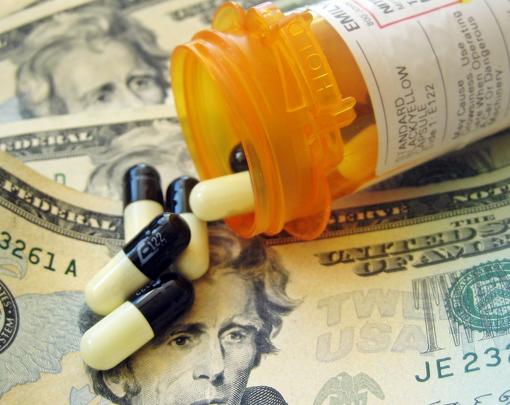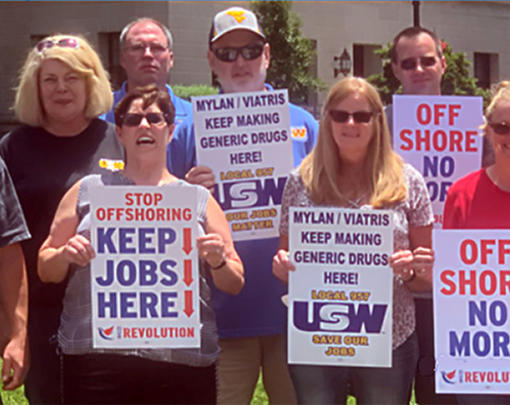It probably comes as no surprise to you that poverty is bad for your health. For a host of reasons from lack of adequate access to care to poor living conditions to stress, poverty can have multiple adverse effects on the health and wellbeing of individuals and entire communities.
However, it turns out that income and wealth inequality themselves have also been proven to have a prejudicial effect on health outcomes with populations at every income level worse off than those just above them. This means that not only are the poorest people seeing adverse health outcomes due to economic factors, but rather, inequality seems to affect most of us when it comes to our health. At the national level, rates of everything from infant mortality to mental illness and obesity are higher in countries with higher inequality.
According to the most recent Centers for Disease Control data, here in America, individuals from families with an annual income under $35,000 are almost five times as likely to report being in fair or poor health than those with family incomes above $100,000 (roughly four times the federal poverty rate). Likewise, they are more than three times as likely to report being limited in their daily tasks by one or more chronic conditions, and more than twice as likely to suffer from diabetes, ulcers and kidney disease.
Not only do poorer Americans suffer more illnesses during their lives, they die earlier than richer Americans, too. Life expectancy in America’s richest and poorest counties varies by as much as a staggering 30 years. That’s nearly as much as the difference between the country with the shortest life expectancy on earth (Sierra Leone at 50.1 years) and that with the longest (Japan at 83.7 years). What’s more, the life expectancy gap in the US has been growing.
Equally concerning for us in the United States is evidence that the greater the concentration of income is at the upper end of the distribution curve, the higher morbidity and mortality rates of the population are. As income inequality has been on the rise in the United States for decades, the concentration of income at the upper end of the distribution curve has become more and more pronounced with Americans in the top 1% earning around 40 times what the bottom 90% do. At the same time, healthcare costs have soared.
Since some proposals to repeal and replace Obamacare could worsen income inequality with given that health insurance costs for some low-income families could rise to more than their entire income, this dynamic could become a vicious cycle with the income gap continuing to grow while, at the same time, increasingly poor health outcomes contribute to continually growing healthcare costs.
We also know that these disparities in health are very costly to us as a nation, with some estimating they come to at least $300 billion dollars a year in lost wages, healthcare costs, and premature death. Even in the United Kingdom, where health outcomes are much more equitable than in the US, health inequities account for an estimated £31-33 billion per year in lost productivity, £20-32 billion per year in lost taxes and higher welfare payments, and £5.5 billion per year additional healthcare costs for the national health service. This means that even if the United States makes the much-needed transition to universal coverage, we may still be plagued with inequities in health outcomes and the costs associated with them. This is, of course, to say nothing of how costly it is to an individual or family to suffer the consequences of poor health and premature death.
Researchers have speculated that income inequality’s effect on health outcomes may be due, in part, to the lack and social cohesion in unequal communities which breeds mistrust and increases anxiety. These factors may also contribute to the positive correlation between inequality and violent crime—itself a health risk to those living in unequal societies. Whatever the cause, the evidence is mounting that inequality is very costly to the health of nations.
As the heated debate on health care finance and delivery continues in the US, let us not forget that the impact of economic inequality on health demands we also consider working to reverse the widening gap between the rich and the poor as part of a strategy for achieving and maintaining a healthier society.




